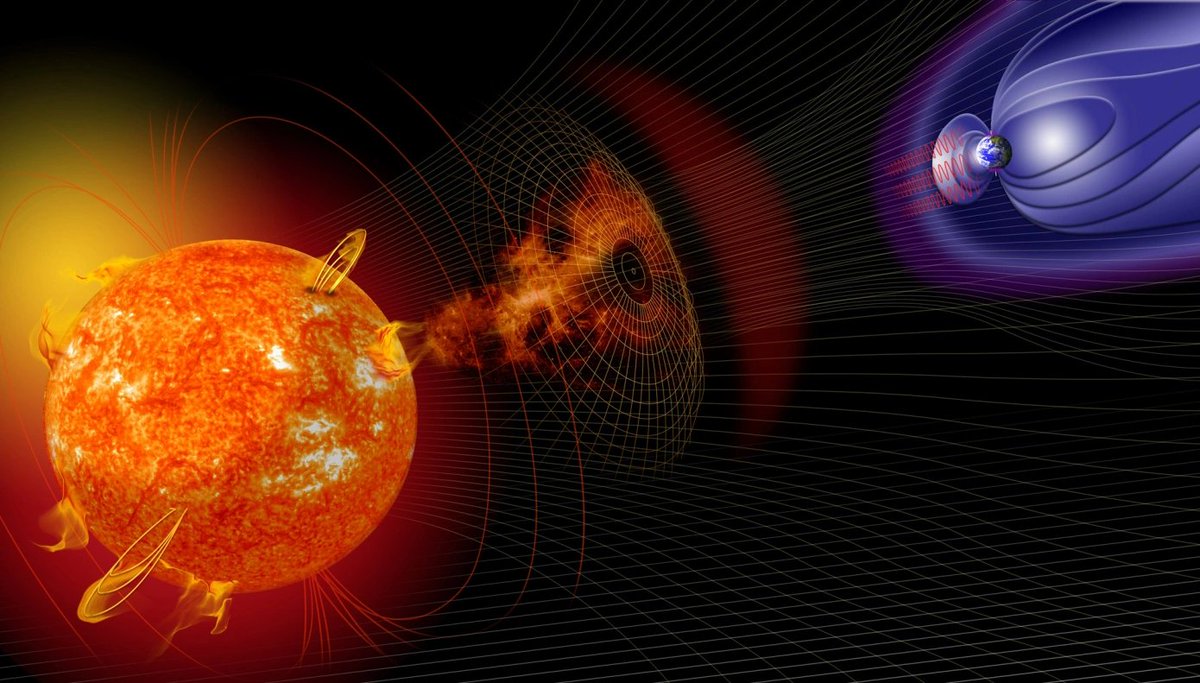How AI Protects Life on Earth
NASA recently released an AI system called DAGGER to predict solar storms. Here's how AI can protect life on Earth, from predicting solar storms to protecting power grids, communications, and critical infrastructure.

Alex Banks
Building a better future with AI.

-
Last week NASA released an AI system called DAGGER.
— Alex Banks (@thealexbanks) April 8, 2023
Here's how AI protects life on Earth: pic.twitter.com/iYuk9vPvqy -
1/ AI-powered solar storm prediction model
— Alex Banks (@thealexbanks) April 8, 2023
DAGGER stands for Deep Learning Geomagnetic Perturbation.
Put simply it predicts solar storms 30 mins before they occur.
• Produces predictions in less than 1 second
• Predictions update every minute
• Combines AI & satellite data -
2/ The need for solar storm prediction
— Alex Banks (@thealexbanks) April 8, 2023
Solar storms can cause severe impacts on:
• Power grids
• Communications
• Critical infrastructure
This can lead to devastating effects on people & economies.
• 1859 — Carrington Event
• 1989 — Quebec electrical blackouts -
3/ Solar eruptions
— Alex Banks (@thealexbanks) April 8, 2023
NASA captured a video of two eruptions from the Sun in October 2003.
It led to a blackout in Sweden and disruptions to communications, aircraft, and spacecraft.
The footage appears snowy from high-energy particles hitting the camera. pic.twitter.com/iMQSbMQC1j -
4/ Deep learning and accuracy
— Alex Banks (@thealexbanks) April 8, 2023
DAGGER uses deep learning to recognize patterns based on previous examples.
It was tested against two geomagnetic storms in 2011 and 2015.
In each case, it quickly and accurately forecasted the storm’s impacts around the world. -
5/ Open-source code & applications
— Alex Banks (@thealexbanks) April 8, 2023
DAGGER's code is open-sourced. This allows:
• Satellite controllers
• Power grid operators
• Telecoms companies
To adapt the model to their specific needs.
This helps protect assets & avoid devastation around the world. -
I feel a sense of urgency for prediction models like DAGGER.
— Alex Banks (@thealexbanks) April 8, 2023
The next solar maximum is 2025.
This is a peak in the Sun’s 11-year activity cycle.
Advanced warnings will be increasingly helpful to prepare for solar storms. -
I personally couldn't be more excited for the future of AI & space.
— Alex Banks (@thealexbanks) April 8, 2023
Follow me @thealexbanks for more on AI.
If you liked this thread, you'll love the newsletter.
Cut through the noise in AI each week.
Subscribe here:https://t.co/Kre1Uawx3B -
Help everyone learn and retweet this thread: https://t.co/iQ15vBe9TX
— Alex Banks (@thealexbanks) April 8, 2023 -
You can check out the full article from NASA here:https://t.co/H7fFMxADhK
— Alex Banks (@thealexbanks) April 8, 2023
